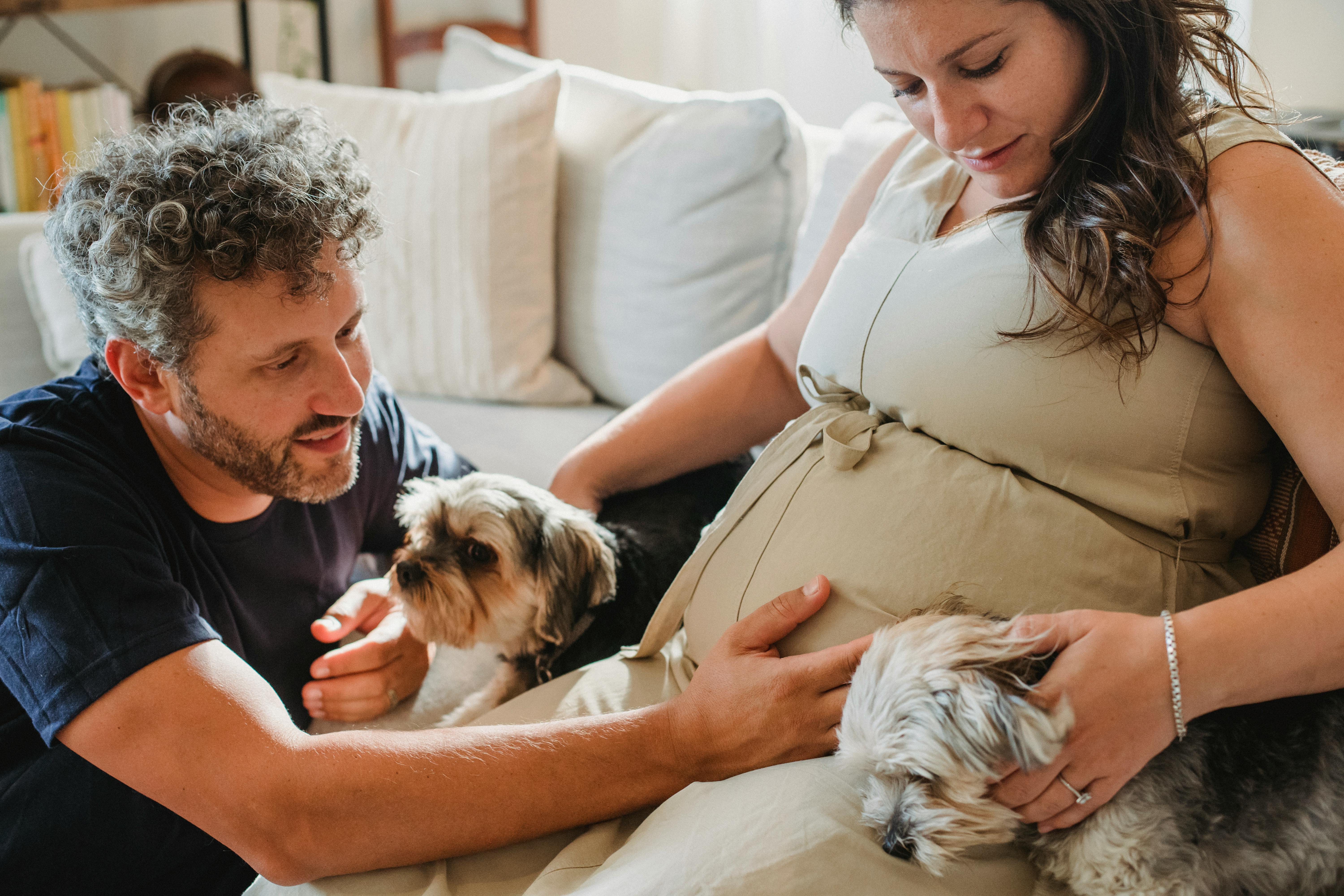For the proper care of your reptiles, you can follow a daily, weekly, monthly, semi-annual and annual routine schedule. The following is a bearded dragon care sheet, which lists the essential features to keep your dragons happy and healthy.
Daily:
• Feed your lizard and replace the water bowl with fresh water
• Remove feed pans and clean after feeding
• Clean the feeding area of any uneaten food.
• Clean the substrate of any toilet or fecal matter
• Check your dragon for visual signs of illness or problems with shedding.
• Spend time with your pet outside the enclosure
Weekly:
• Bathe your bearded dragon
• Trim the reptile’s toenails
• Clean the enclosure thoroughly, clearing all items such as branches and rocks.
• Clean around his cage, including the bottom and back of the tank.
• Check that all heating and lighting equipment is in good working order
• Take your dragon outside to sunbathe
Monthly:
• Remove all components from the cage and wash the tank with a bleaching agent. Let it dry completely in the sun.
Semiannually:
• Remove and replace one inch of the top layer of substrate for all outdoor cages.
Annually:
• Visit your veterinarian. Bring your pet in with stool samples to check for parasites or disease.
Additionally, you should be aware of the nutritional needs of your juvenile and adult dragons. Below is a list of the basic food proportions and variety needed to make a healthy diet for your bearded dragon, thus ensuring a long and healthy life for your reptile.
For youth and adults:
• 50 Percent: – Prefed, gut-laden insects consisting of crickets, mealworms, waxworms, and once or twice give mice a pinkie.
• 30 percent: – Calcium-rich green vegetables, such as alfalfa, kale, mustard greens, dandelions, spinach leaves, cabbage, broccoli, and green beans.
• 10 percent: – other vegetables, eg courgettes, peppers, grated carrots, tomatoes and sprouts.
• 10 percent: – other foods, for example, bread, cereals and commercial bearded dragon food.
Adults can be fed once a day and juveniles twice a day. The young dragon’s vegetables should be cut into smaller pieces and given smaller insects so they can be easily eaten. For the pups, since they are growing rapidly, they should be given more protein and fed twice a day. Your food ratio should include 60 percent protein, 25 percent calcium-rich vegetables and 15 percent other foods.
By making a care list for your dragon you reduce the risk that you will forget to do some of the chores and neglect your pet.
Your dragons need to be taken out of their cage from time to time, so to properly handle your pet, there are a few do’s and don’ts:
1. Do not grab it by its tail or limbs.
2. Don’t grab it suddenly without warning.
3. Zoom in slowly and smoothly.
4. Place one finger under your chin and extend it down your body.
5. Move the pups with the perch they are lying on.
6. Hold the dragon in the palm of your hand, with its head facing away from you.
7. Do not press or squeeze any part of your body.
8. Don’t grab it with your fist if it’s suddenly running away. Rather block its path with one hand and, sinking your fingers in, gently lift it up.
